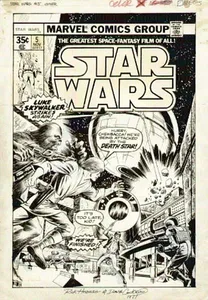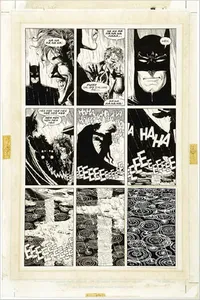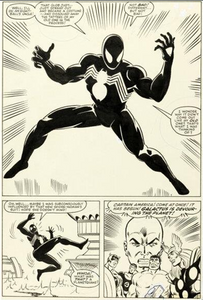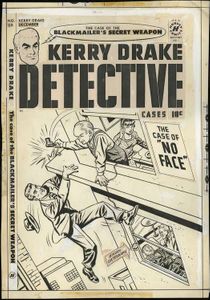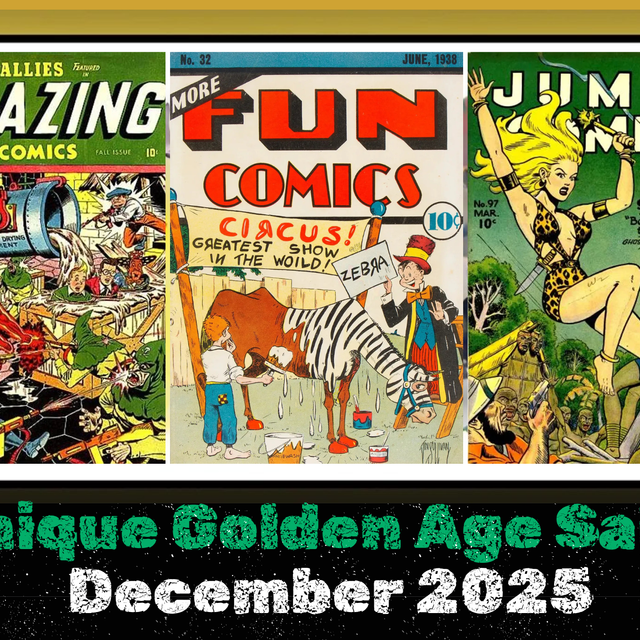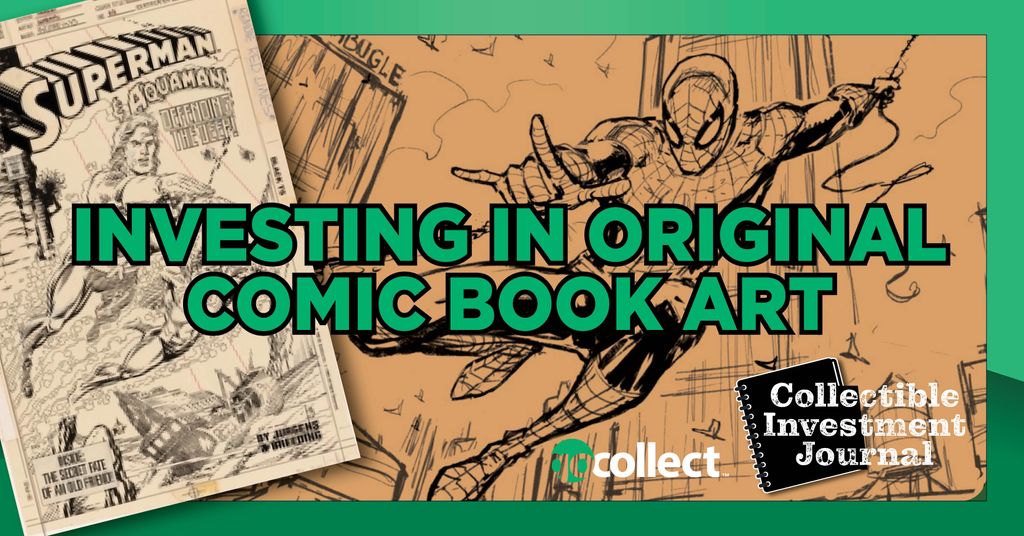
Let's delve into the similarities and differences between investing in original comic book art and traditional fine art, exploring factors such as artistic value, market dynamics, and investment potential.
Artistic Value and Creativity
Original comic book art possesses inherent artistic value and creativity, much like traditional fine art. Comic book artists demonstrate their skills through intricate drawings, storytelling techniques, and the ability to evoke emotions within the narrative.
The artistic merit of comic book art lies in its ability to blend visual storytelling with imaginative illustrations, making it a distinct and highly collectible form of art.
Cultural Significance and Historical Importance
Comic book art holds cultural significance and historical importance within the realm of popular culture. Iconic comic book characters and storylines have become part of the global cultural lexicon, and the original artwork that brings these stories to life holds immense value for collectors and enthusiasts.
Similarly, fine art often reflects societal and cultural movements, serving as a reflection of historical periods and artistic movements. Both comic book art and fine art can carry historical and cultural significance, albeit within different contexts.
Market Dynamics and Investment Potential
While comic book art shares certain qualities with fine art, there are differences in market dynamics and investment potential. The fine art market has a long-established history, with established auction houses, galleries, and collectors driving its growth.
Fine art can command significant prices based on the reputation and recognition of the artist, art movements, and scarcity of the artwork. On the other hand, the comic book art market is relatively newer, with specialized galleries, conventions, and online platforms playing a crucial role in its development.
The investment potential of comic book art can be influenced by factors such as the popularity of the characters, the significance of the storylines, and the reputation of the artists.
Collectibility and Rarity
Collectibility and rarity play a crucial role in determining the value of both comic book art and fine art. Limited edition prints, original sketches, and artwork associated with significant events or characters within the comic book world can become highly sought-after by collectors. Similarly, fine art that is rare, from notable artists, or associated with specific art movements can command premium prices. The scarcity and desirability of certain comic book art pieces contribute to their investment potential.
Investing in original comic book art shares some similarities with investing in traditional fine art. Both possess artistic value, cultural significance, and historical importance. However, market dynamics and investment potential differ due to the specific characteristics of each market. While the fine art market has a well-established infrastructure, the comic book art market is evolving and driven by specialized channels.
Collectors and investors interested in original comic book art should conduct thorough research, consider factors such as the popularity of characters and artists, and assess the rarity and desirability of the artwork. Understanding the nuances of both markets can help investors make informed decisions when considering investing in original comic book art or traditional fine art.

